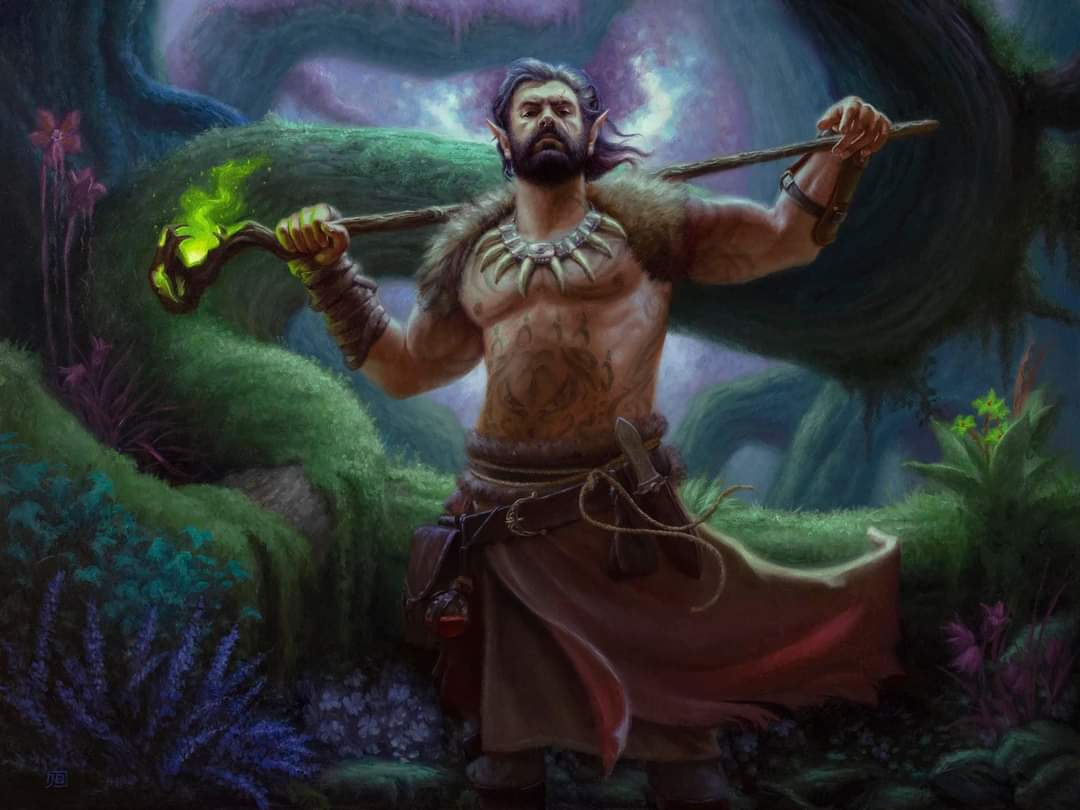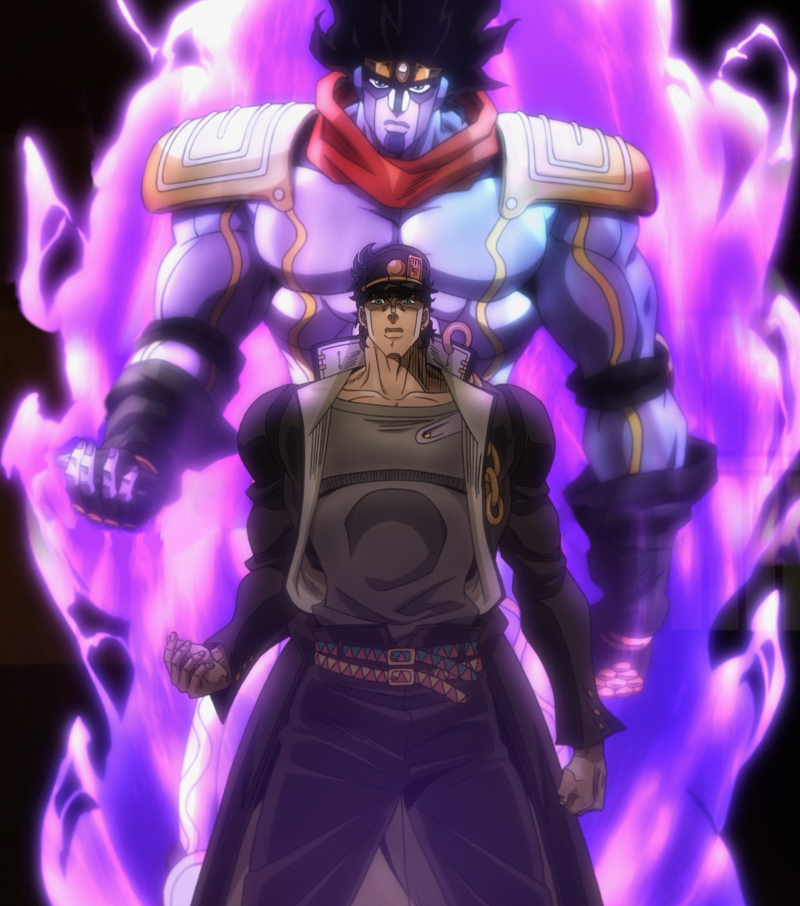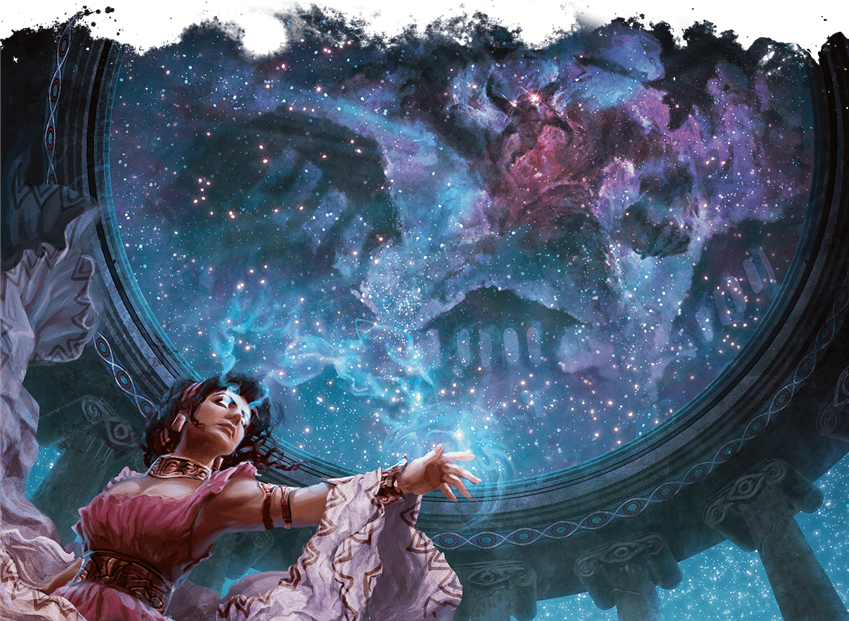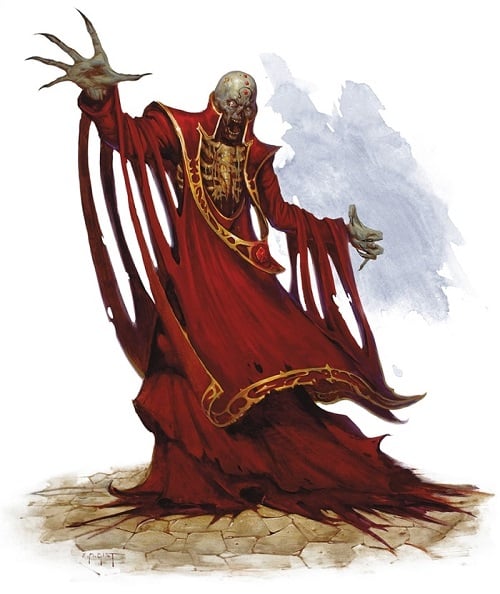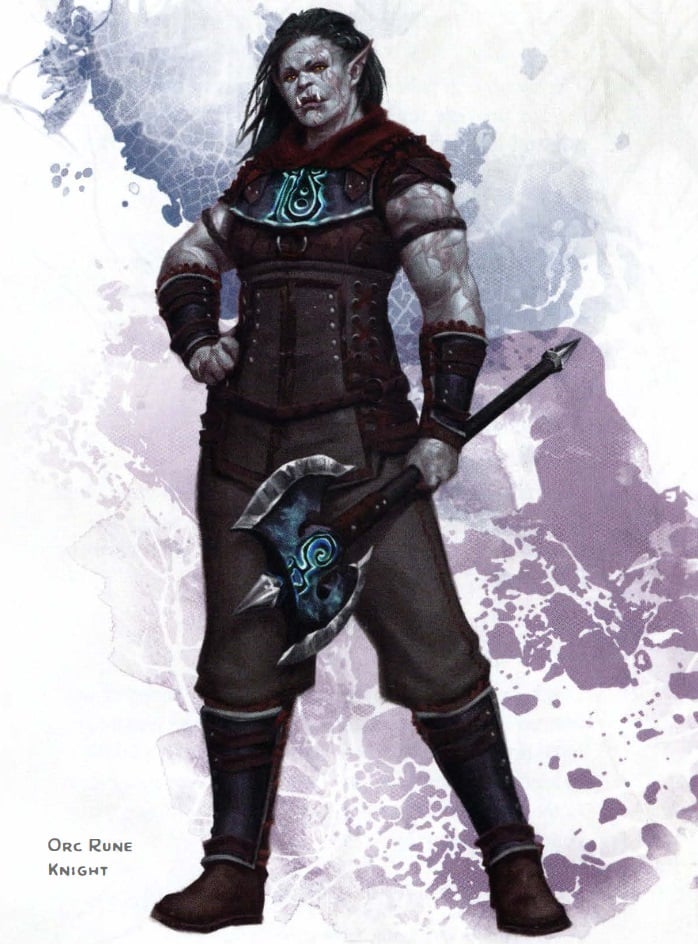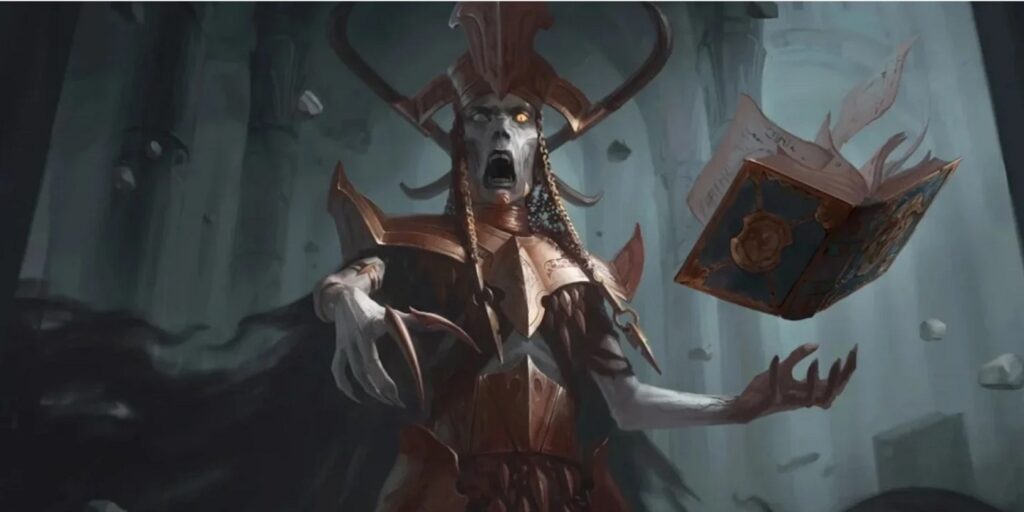D&D: Five Subclasses All About Assuming Your Final Form
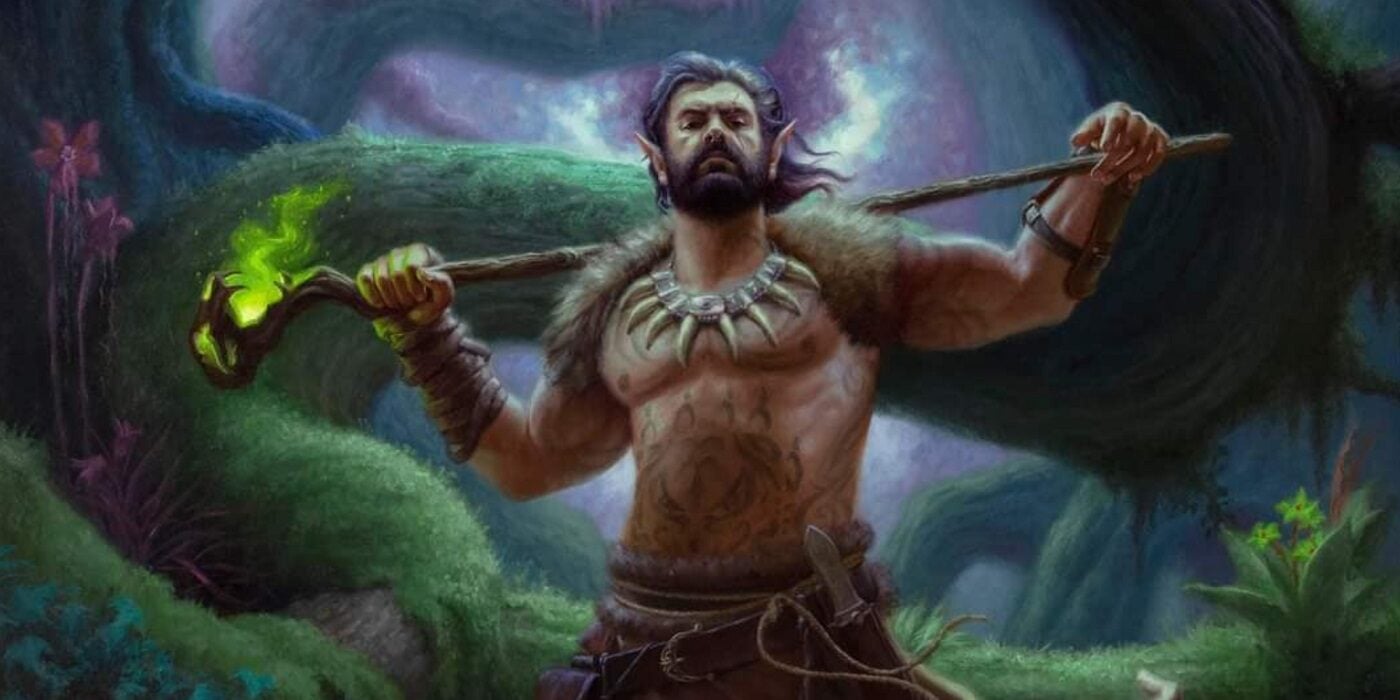
Want to be able to tell your enemies that this isn’t your final form? A surprising number of D&D subclasses let your transform.
Battle transformations are popular in a ton of different fantasy/sci-fi movies. You’ve seen them, a hero fighting in a desperate, pitched battle suddenly transforms in a burst of light into a more powerful form. Maybe even a final form.
Whether it’s a literal transformation, or just unleashing their inner power these different subclasses are all about taking things new heights in the middle of a fight. With the power to assume a combat form, these subclasss are perfect when you want to change into something a little more powerful in combat.
Circle of the Moon Druid
Of course, Moon Druids are a gimme. They are the combat transformation class. Starting at 2nd level, they gain the Combat Wild Shape ability, which enhances their ability to change into animal forms, eventually improving to the point where they can transform into elementals at a high enough level.
They can effectively give themselves a refreshed new form in the middle any combat. There’s a reason this is the most popular Druid subclass. But they aren’t the only ones who have the transformation market cornered.
Way of the Astral Self Monk
This is one of my personal favorite subclasses. The Way of the Astral Self Monk is all about unleashing the “translucent embodiment of the monk’s soul”. It’s not exactly having a Stand, but it’s not not having a Stand either.
When they spend their Ki, they can unleash their Astral Self, starting with summoning an extra pair of arms that they can use to make attacks, then eventually adding in a spectral face and then a body, like a suit of armor that allows Astral Self Monks to deflect even spell attacks. Its ultimate ability is to awaken the Astral Self, unleashing the Monk’s full potential.
Circle of Stars Druid
Moon Druids aren’t the only ones with the power to transform in combat. Those looking for a less bestial form might consider the Circle of Stars Druid. This Druid draws upon the power of starlight and heavenly patterns, using secrets discovered amid the constellations to unleash the might of the cosmos. That means bonus spells, but more importantly, the Starry Form.
A Druid’s Starry Form makes their body a luminous, glimmering one, radiating power while glowing lines etch a star chart onto their body. These constellations empower spellcasting, for combat, healing, or boosted concentration. At higher levels, they can shape fate and even fly.
Undead Patron Warlock
The Undead Patron grants a Warlock a number of fell abilities. In addition to necromantic spells and the ability to deal increased necrotic damage, Warlocks who gain power from an Undead Patron gain a potent ability called Form of Dread.
As the name suggests, this grants them the ability to assume a dread aspect. Empowered by undeath itself, this form grants Warlocks temporary hit points, immunity to fear, and the ability to instill fear with every attack they make. At higher levels, this form deals increased necrotic damage and can even restore them to life by drawing on deathly energy.
Rune Knight Fighter
Proving that even Fighters can get in on the transformation action, the Rune Knight Fighter is empowered with the knowledge of magical runes. But more directly than that, Rune Knights can imbue themselves with the might of giants, allowing them to transform.
When assuming their Giant’s Might form, Rune Knights become Large, gain advantage on Strength Checks and deal extra damage on a hit. On top of that, at higher levels, they deal more damage, and can increase their size all the way to Huge, gaining an extra 5 feet of reach on top of whatever weapons they use.
What subclass do you look for when you’re hoping to transform?

